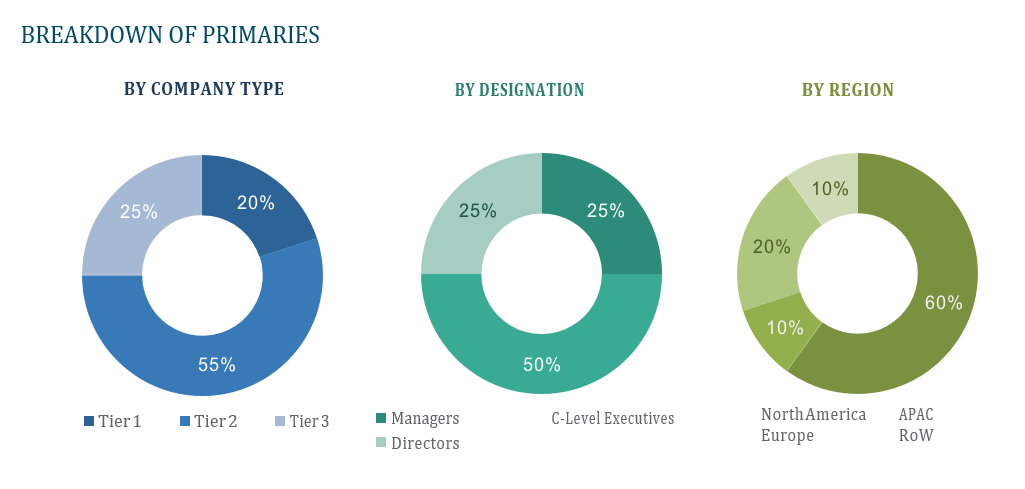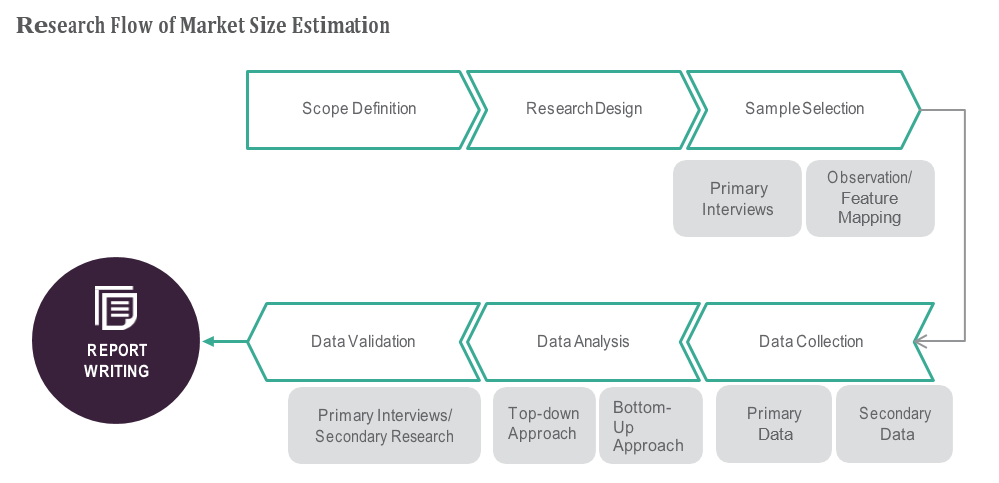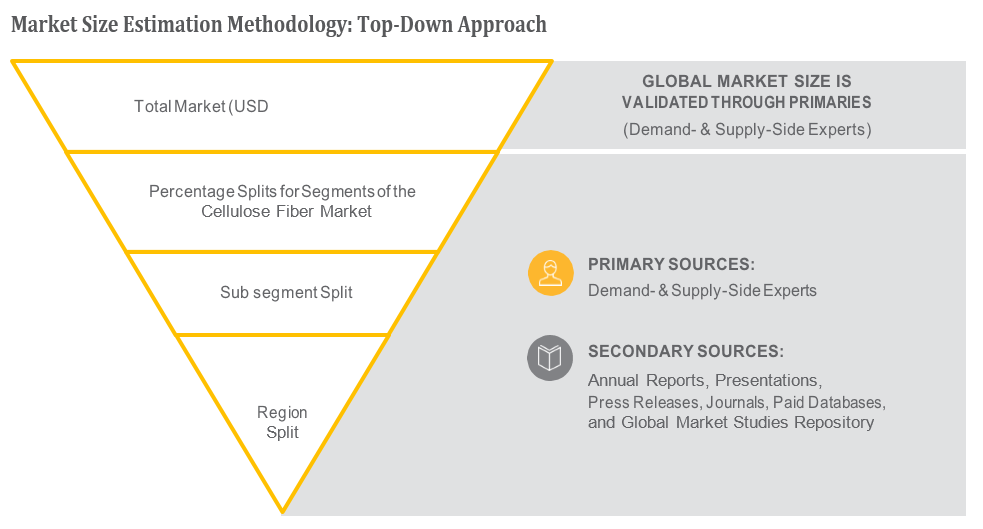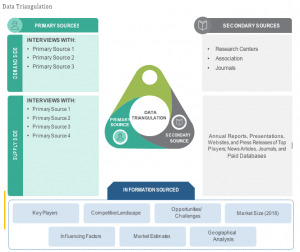OVERVIEW
The Cloud-native Application Protection Platform (CNAPP) Market is currently valued at USD 6.2 billion in 2024 and will be growing at a CAGR of 20% over the forecast period to reach an estimated USD 23.1 billion in revenue in 2029. The Cloud-native Application Protection Platform (CNAPP) market is rapidly evolving to meet the growing demand for robust security solutions tailored specifically for cloud-native applications. CNAPPs offer a comprehensive suite of security features designed to protect modern, distributed applications running in cloud environments. These platforms typically integrate advanced capabilities such as runtime application self-protection (RASP), container security, API security, and microservices security. By leveraging machine learning algorithms and behavioral analysis, CNAPPs can detect and mitigate a wide range of threats, including malware, insider threats, and zero-day attacks, while ensuring compliance with regulatory requirements. As organizations increasingly embrace cloud-native architectures, the CNAPP market is poised for significant growth, driven by the need to secure mission-critical applications and data in dynamic and highly scalable cloud environments.
The rapid adoption of cloud-native architectures by organizations seeking greater agility, scalability, and efficiency in application development and deployment is a significant driver. As more applications migrate to the cloud and adopt microservices, containers, and serverless computing, the demand for specialized security solutions like CNAPPs increases to address the unique challenges of securing these environments. Additionally, the escalating frequency and sophistication of cyber threats targeting cloud-native applications underscore the critical need for robust security measures. CNAPPs offer comprehensive protection against a wide range of threats, including malware, data breaches, and insider attacks, bolstering organizations’ defense capabilities. Moreover, regulatory compliance requirements, such as GDPR, HIPAA, and PCI DSS, drive organizations to implement stringent security measures, further fueling the demand for CNAPP solutions. Lastly, the emergence of technologies like artificial intelligence (AI) and machine learning (ML) within CNAPPs enables advanced threat detection and response capabilities, enhancing organizations’ ability to detect and mitigate security risks proactively.
Market Dynamics
Drivers:
The rapid adoption of cloud-native architectures by organizations seeking greater agility, scalability, and efficiency in application development and deployment is a significant driver. As more applications migrate to the cloud and adopt microservices, containers, and serverless computing, the demand for specialized security solutions like CNAPPs increases to address the unique challenges of securing these environments. Additionally, the escalating frequency and sophistication of cyber threats targeting cloud-native applications underscore the critical need for robust security measures. CNAPPs offer comprehensive protection against a wide range of threats, including malware, data breaches, and insider attacks, bolstering organizations’ defense capabilities. Moreover, regulatory compliance requirements, such as GDPR, HIPAA, and PCI DSS, drive organizations to implement stringent security measures, further fueling the demand for CNAPP solutions. Lastly, the emergence of technologies like artificial intelligence (AI) and machine learning (ML) within CNAPPs enables advanced threat detection and response capabilities, enhancing organizations’ ability to detect and mitigate security risks proactively.
Key Offerings:
Cloud-native Application Protection Platforms (CNAPPs) offer a comprehensive suite of advanced security offerings tailored specifically for modern cloud-native applications. These platforms typically provide a range of key offerings to address the diverse security challenges inherent in cloud environments. Firstly, CNAPPs often feature robust runtime application self-protection (RASP) capabilities, which enable real-time monitoring and defense against application-layer attacks. Additionally, CNAPPs commonly include container security features to secure containerized workloads, ensuring the integrity and isolation of individual containers within Kubernetes or Docker environments. API security is another essential offering, safeguarding the interfaces and communication channels between microservices and external systems, thus preventing unauthorized access and data breaches. Moreover, CNAPPs often incorporate microservices security mechanisms, such as service mesh integration and identity-based access controls, to protect the intricate interactions between microservices and enforce security policies consistently across distributed architectures. Furthermore, advanced threat detection and response capabilities powered by machine learning and behavioral analysis are increasingly prevalent in CNAPPs, enabling proactive identification and mitigation of emerging threats.
Restraints :
Cloud-native Application Protection Platforms (CNAPPs) are rapidly gaining popularity, but their widespread deployment and efficacy are hampered by a number of obstacles. First off, effective implementation and management of cloud-native application platforms (CNAPP) provide major issues for organisations due to the intricacy of cloud-native architectures and the quick speed at which cloud technologies are evolving. Potential compatibility problems and integration challenges may arise as CNAPPs must modify to accommodate new frameworks, container orchestration systems, and deployment patterns as cloud-native environments develop. Moreover, a major obstacle to enterprises wanting to implement and manage CNAPPs effectively is the lack of qualified cybersecurity specialists with knowledge of cloud-native security. Furthermore, organisations may be discouraged from completely adopting these solutions due to worries about the performance cost and latency generated by CNAPPs, especially in highly dynamic and distributed cloud-native environments. Additionally, choosing and implementing CNAPPs is made more difficult by the absence of best practices and standardised security controls for cloud-native apps, which forces enterprises to manage a disorganised array of security tools and technologies. Finally, firms have ambiguity in guaranteeing the sufficiency and efficacy of CNAPP deployments due to regulatory and compliance issues, such as vague regulatory frameworks and changing data protection regulations. When taken as a whole, these limitations highlight how crucial it is to solve organisational, technical, and legal obstacles in order to optimise the benefits and uptake of CNAPPs for successfully safeguarding cloud-native apps.
Regional Information:
• In North America, particularly in the United States, CNAPP adoption is relatively high, driven by the proliferation of cloud-native architectures among enterprises and the presence of a mature cybersecurity ecosystem. However, challenges persist, including the shortage of skilled cybersecurity professionals and evolving regulatory requirements such as the California Consumer Privacy Act (CCPA) and the Health Insurance Portability and Accountability Act (HIPAA).
• In Europe, CNAPP adoption is gaining momentum as organizations prioritize compliance with stringent data protection regulations such as the General Data Protection Regulation (GDPR). However, concerns regarding data sovereignty and the adequacy of CNAPP solutions in addressing evolving cyber threats remain prevalent, hindering widespread deployment.
• In the Asia-Pacific region, rapid digital transformation initiatives and the growing adoption of cloud-native technologies in countries like China, India, and Singapore are driving increased demand for CNAPPs. However, challenges related to the complex regulatory landscape, cultural differences, and varying levels of cybersecurity awareness across countries pose significant hurdles to adoption and implementation.
• In the Middle East and Africa, CNAPP adoption is relatively nascent but poised for growth as organizations increasingly migrate to cloud environments to drive innovation and agility. However, limited cybersecurity expertise, geopolitical tensions, and regulatory uncertainties contribute to challenges in deploying CNAPP solutions effectively.
Recent Developments:
• In January 2023, SailPoint Technologies Inc., a key firm offering identity management solutions & governance for unstructured data access, acquired SecZetta, a third-party identity risk solutions provider. The move will help SailPoint in expanding its identity management solutions & governance capabilities.
• In June 2022, Apiiro, a key player in the cloud-native application security business, declared its partner program for offering huge support for its technology, reseller, and consulting partners in the cloud-native application protection platform (CNAPP) ecosystem. The move will help the clients of Apiiro in quickly fixing their cloud-native application risks. This initiative will benefit the expansion of the cloud-native application protection platform (CNAPP) market across the globe.
Key Players:
Aqua Security, Sysdig, Twistlock, StackRox, Prisma Cloud, Trend Micro Cloud One, Check Point CloudGuard, NeuVector, Lacework, and Alcide.
1) What is the projected market value of the Cloud-native Application Protection Platform (CNAPP) Market?
– The Cloud-native Application Protection Platform (CNAPP) Market is expected to reach an estimated value of USD 5.62 billion in revenue by 2029.
2) What is the estimated CAGR of the Cloud-native Application Protection Platform (CNAPP) Market over the 2024 to 2029 forecast period?
– The CAGR is estimated to be 15.1% for the Cloud-native Application Protection Platform (CNAPP) Market over the 2024 to 2029.
3) Who are the key players in the Cloud-native Application Protection Platform (CNAPP) Market?
– Aqua Security, Sysdig, Twistlock, StackRox, Prisma Cloud, Trend Micro Cloud One, Check Point CloudGuard, NeuVector, Lacework, and Alcide.
4) What are the drivers for the Cloud-native Application Protection Platform (CNAPP) Market?
– The rise of cloud-native architectures and the increasing sophistication of cyber threats are driving the demand for specialized security solutions like CNAPPs. These solutions offer comprehensive protection against malware, data breaches, and insider attacks, while also meeting regulatory compliance requirements like GDPR, HIPAA, and PCI DSS. The emergence of AI and machine learning technologies further enhances threat detection and response capabilities.
5) What are the restraints and challenges in the Cloud-native Application Protection Platform (CNAPP) Market?
– Cloud-native Application Protection Platforms (CNAPPs) are gaining popularity, but their widespread deployment faces challenges due to their complexity and rapid technological evolution. Issues include compatibility problems, lack of qualified cybersecurity specialists, concerns about performance cost and latency, absence of best practices, and regulatory ambiguity. These obstacles highlight the need to address organizational, technical, and legal obstacles to optimize the benefits and uptake of CNAPPs for safeguarding cloud-native apps.
6) What are the key applications and offerings of the Cloud-native Application Protection Platform (CNAPP) Market?
– Cloud-native Application Protection Platforms (CNAPPs) provide advanced security solutions for modern cloud-native applications. They offer robust RASP, container security, API security, microservices security mechanisms, and advanced threat detection and response capabilities. These platforms address the diverse security challenges in cloud environments, ensuring real-time monitoring, protection against application-layer attacks, and consistent enforcement of security policies across distributed architectures.
7) Which region is expected to drive the market for the forecast period?
– North America is expected to have the highest market growth from 2024 to 2029
Why Choose Us?
Insights into Market Trends: Global Market Studies reports provide valuable insights into market trends, including market size, segmentation, growth drivers, and market dynamics. This information helps clients make strategic decisions, such as product development, market positioning, and marketing strategies.
Competitor Analysis: Our reports provide detailed information about competitors, including their market share, product offerings, pricing, and competitive strategies. This data can be used to inform competitive strategies and to identify opportunities for growth and expansion.
Industry Forecasts: Our reports provide industry forecasts, which will inform your business strategies, such as investment decisions, production planning, and workforce planning. These forecasts can help you to prepare for future trends and to take advantage of growth opportunities.
Access to Industry Experts: Our solutions include contributions from industry experts, including analysts, consultants, and subject matter experts. This access to expert insights can be valuable for you to understand the market.
Time and Cost Savings: Our team at Global Market Studies can save you time and reduce the cost of conducting market research by providing comprehensive and up-to-date information in a single report, avoiding the need for additional market research efforts.









